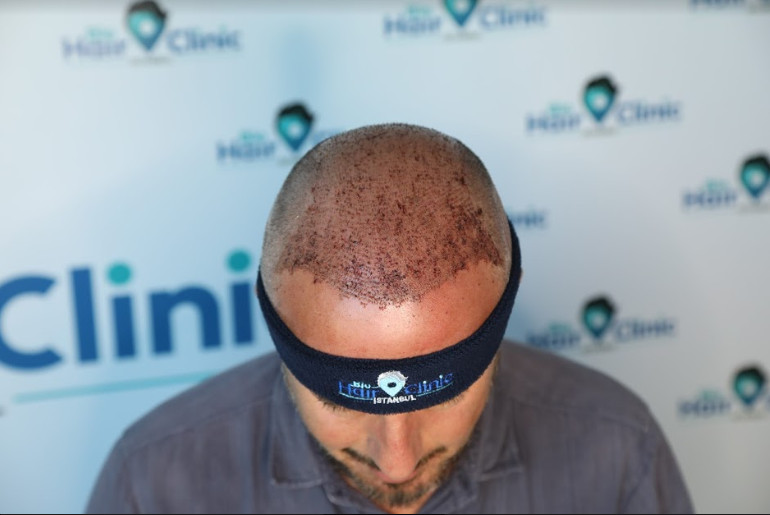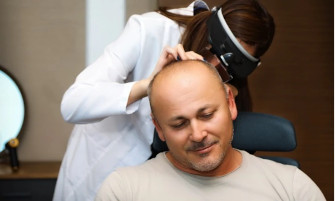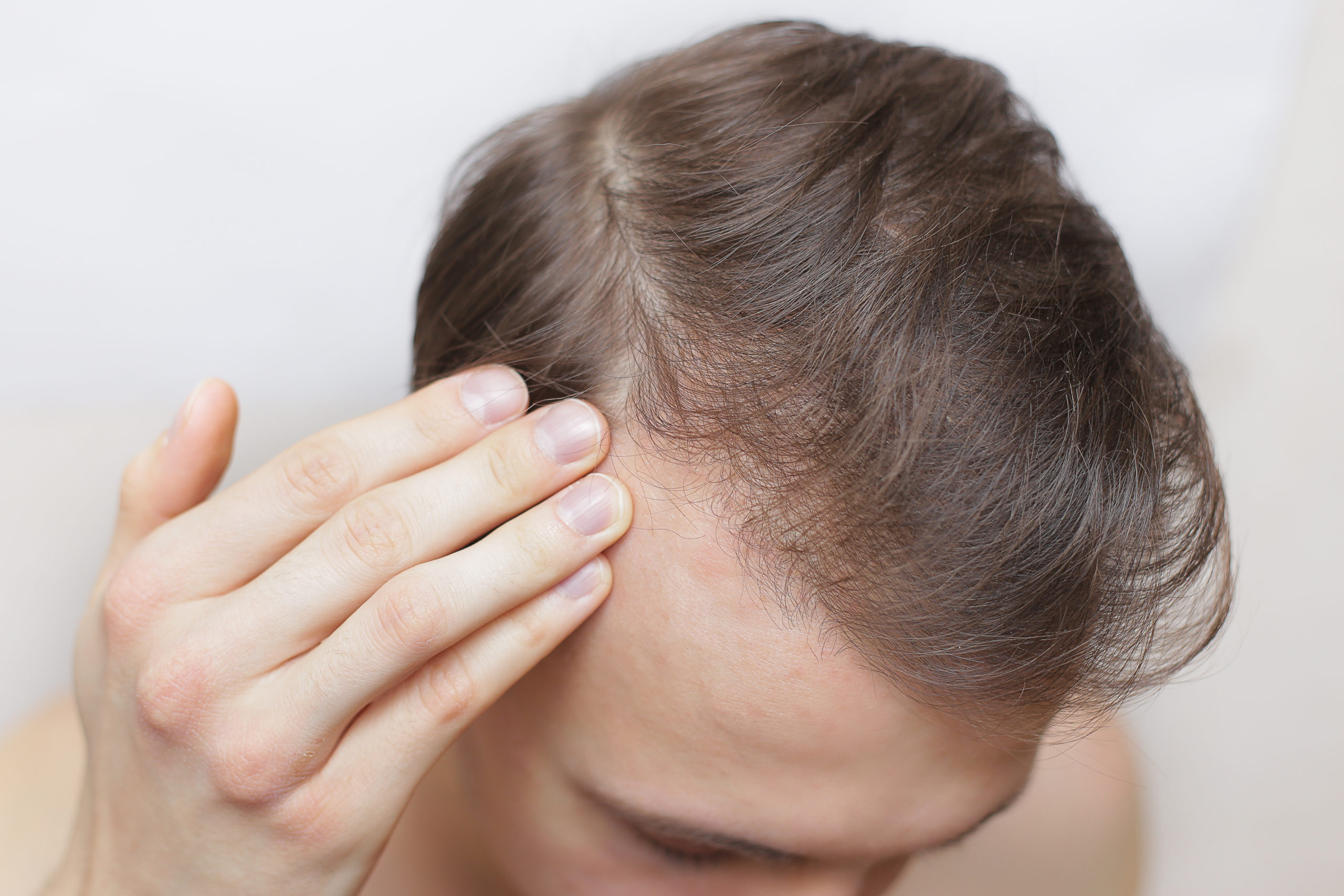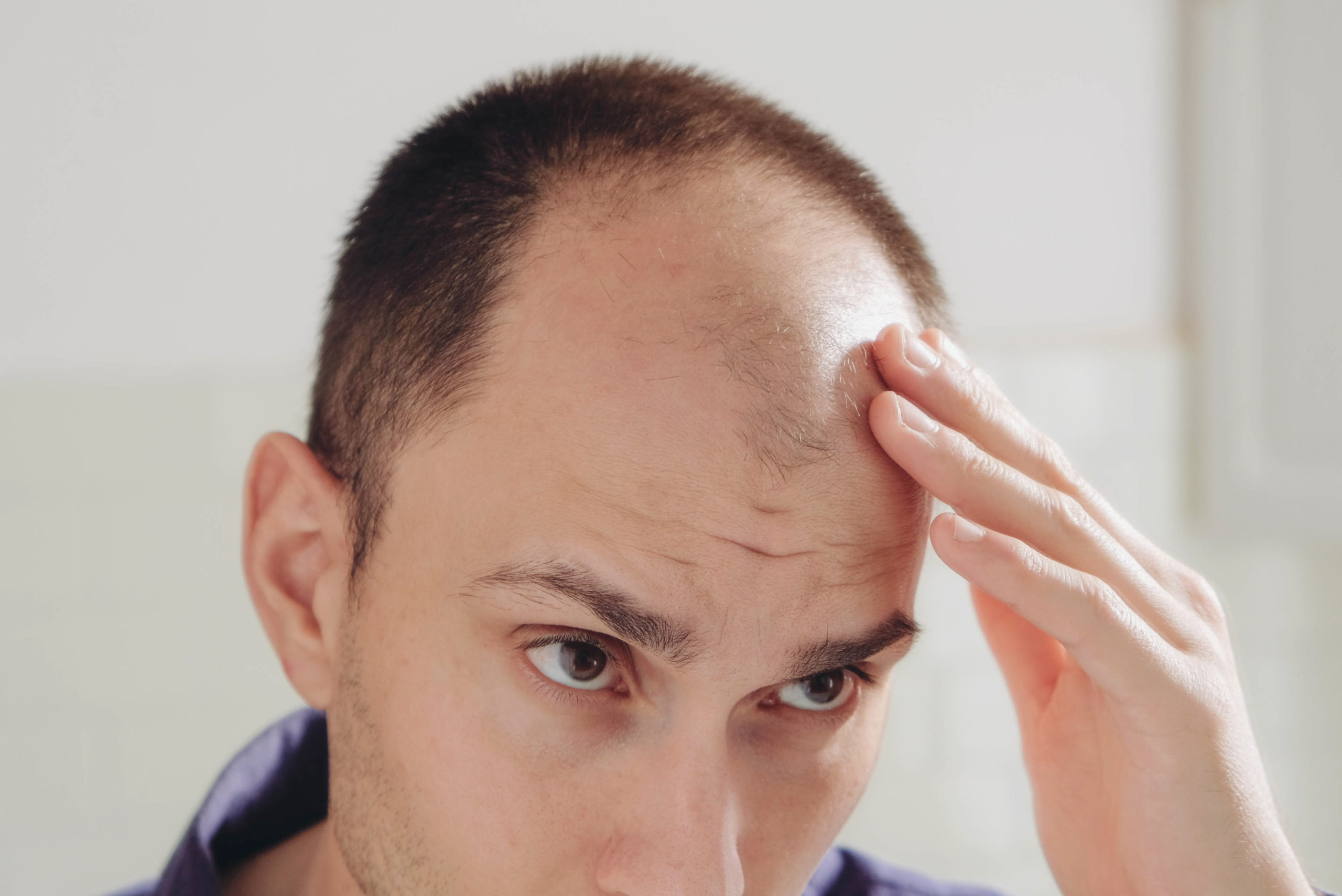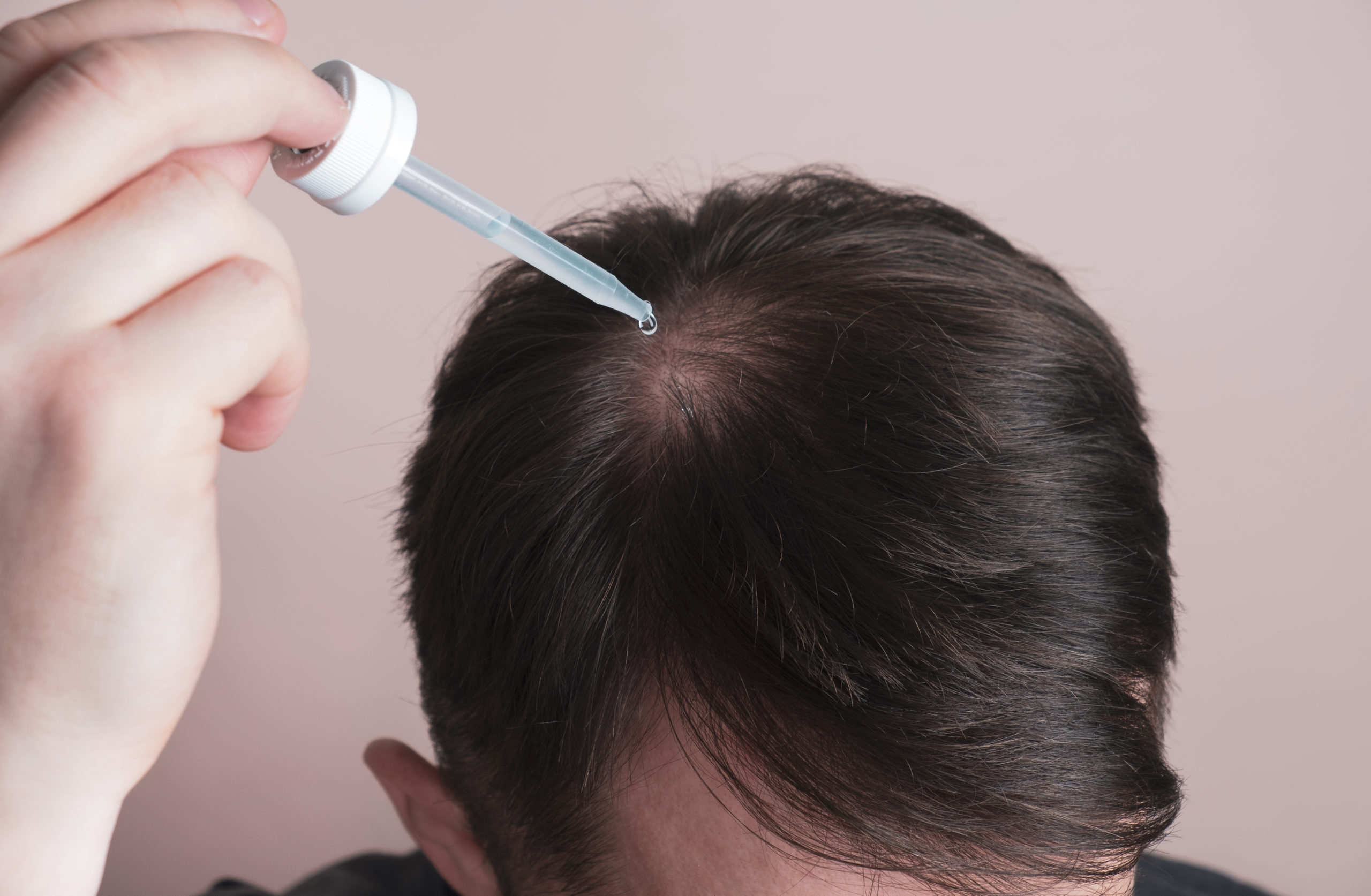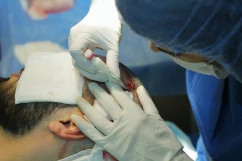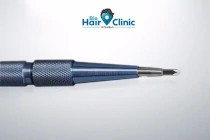How to Deal with Scabs After a Hair Transplant Surgery
It is quite normal for scabs to form after treatment. There is therefore no need to panic, because with the right methods the crusts can be removed easily and without residue. The goal of this article is to inform you on how to properly deal with scabs after a hair transplant and why they occur.
Why Do Crusts Form After a Hair Transplant?
The formation of scabs is a normal process of the body. It acts as a natural protection that covers open wounds on the skin. Especially after a hair restoration surgery where many small incisions are made. Those slits cause bleeding which leads to the subsequent formation of crusts. The scabs occurring after the hair transplant usually dry within a couple of days.
A High-Quality Hair Transplant Surgery is Key
Quality comes at a price, with good reason, thus it is strongly recommended to be well informed in advance. For example which clinic can give you the best value for money and what are the reviews?
Even if the scabs can be easily removed after a hair transplant, it is essential to counteract wound formation pre-surgery. The higher the quality of the instruments used and the more experienced the doctor is, the less bleeding will occur. Even the potential scarring can be significantly reduced if treated by a professional surgeon.
As a matter of fact, excessive formation of scabs after a hair transplant surgery are the results of low quality baldness treatments.
Always Maintain a Clean Scalp
It is important to wash the donor area from the third day after the operation and to do the same from the fifth day in the recipient area. This promotes the healing effect and drying out of the wounds.
In addition, you often receive from the hair loss clinic a special shampoo which promotes the recovery of scabs after a hair transplant. While you wash your head, It is important to use only lukewarm water. Additionally in order to avoid unnecessary strain on the scalp, you should also avoid any aggressive drying of your hair.
From the eighth day, it is advisable to work the crusts by hand, for example through a massage. Repeating the process several times a day stimulates blood circulation and strengthens the growth properties.
When Should the Scabs be Completely Removed?
At the latest after the tenth day you should notice how the crusts will slowly disappear from the scalp. After two weeks, the scalp should be free of scabs provided one adheres to all previous advice and follows the instructions from the doctor.
If this is the case, one can fortunately assume that everything went smoothly in the operation and no further intervention is needed to obtain the desired result.
Take No Chances with Your Scalp
The scabs after a hair transplant surgery are a normal part of the healing process and cannot be prevented. However, it is important to be aware of the progression of scabs on the scalp’s crust and leave nothing to chance.
Because if you do not treat those properly, they can lead to further infections and cause inflammation. In the worst case long-term scars can be generated, which can only be removed with further surgery.
Conclusion
There are only a few things that need to be considered after a hair surgery. Chiefly maintaining a clean scalp is important in order to eliminate all crusts as quickly as possible to get a flawless result.
Unsightly side effects of a hair transplant, such as the crusts, should disappear within a few days. If you follow the post operative instructions given to you by the medical team, scabs should be of no concern.
Its crucial that you are properly washing the hair and applying a massage on the affected areas. You should not be able to detect any residues from any crusts within about ten days. Scabs after a hair transplant are therefore only a temporary problem and should not deter you from having this surgery done.
